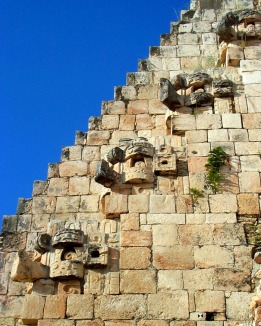Mayans History

The Mayan civilization arose in Mesoamerica around 250 AD, influenced by the culture and religion of the Olmecs. The Mayan urban culture especially flourished until about 900 AD, but continued to thrive in various places until the Spanish conquest.
During this first 650 years, which scholars call the Classic Period, the Mayan civilization consisted of more than 40 sizeable cities spread across modern-day Mexico, Guatemala, and northern Belize.
At its peak, the total population may have reached 2 million people, the majority of whom lived in modern-day Guatemala. The cities seem to have been mainly ceremonial centers, with the majority of the Maya living a rural, agricultural life around the cities.
Sometime after 900 AD, the Mayan culture declined dramatically and most of the cities were abandoned. Latest scholarship attributes this decline to the loss of trade routes due to war.
The great southern cities became depopulated, but the cities of the Yucatan peninsula in Mexico (such as Chichén Itzá, Uxmal, and Mayapán) continued to thrive in the early part of the "Post-Classic Period" (900–1519). By the arrival of the Spanish in the early 16th century, however, most of the Maya were village-dwelling farmers.
The remaining Maya were conquered by the Spanish and converted (at least nominally) to Roman Catholicism. The present-day Mayan peoples are spread mainly across southern Mexico, with small numbers in Guatemala and Belize. They practice a religion that combines Roman Catholicism with Mayan cosmology, deities, and domestic rituals.
